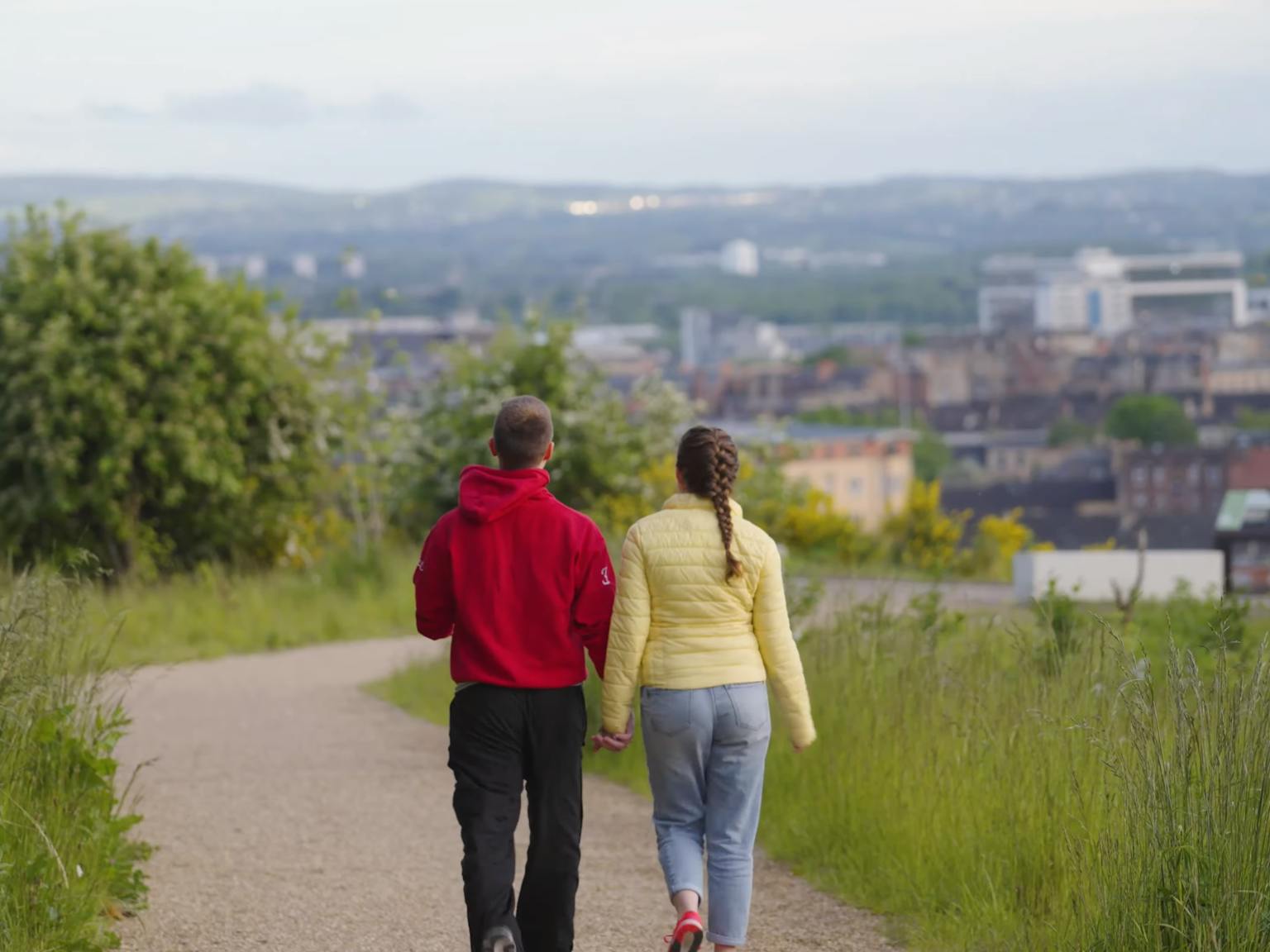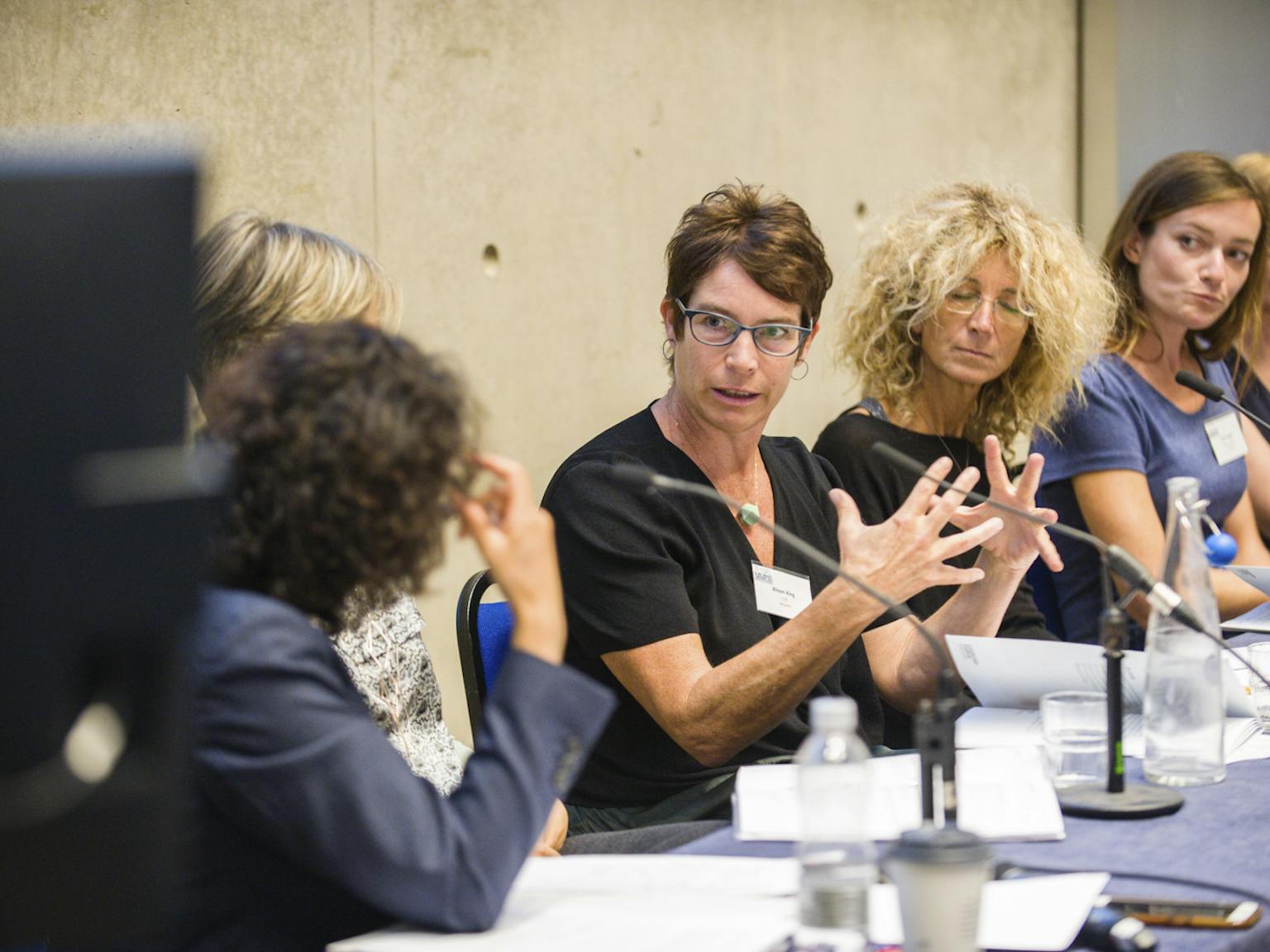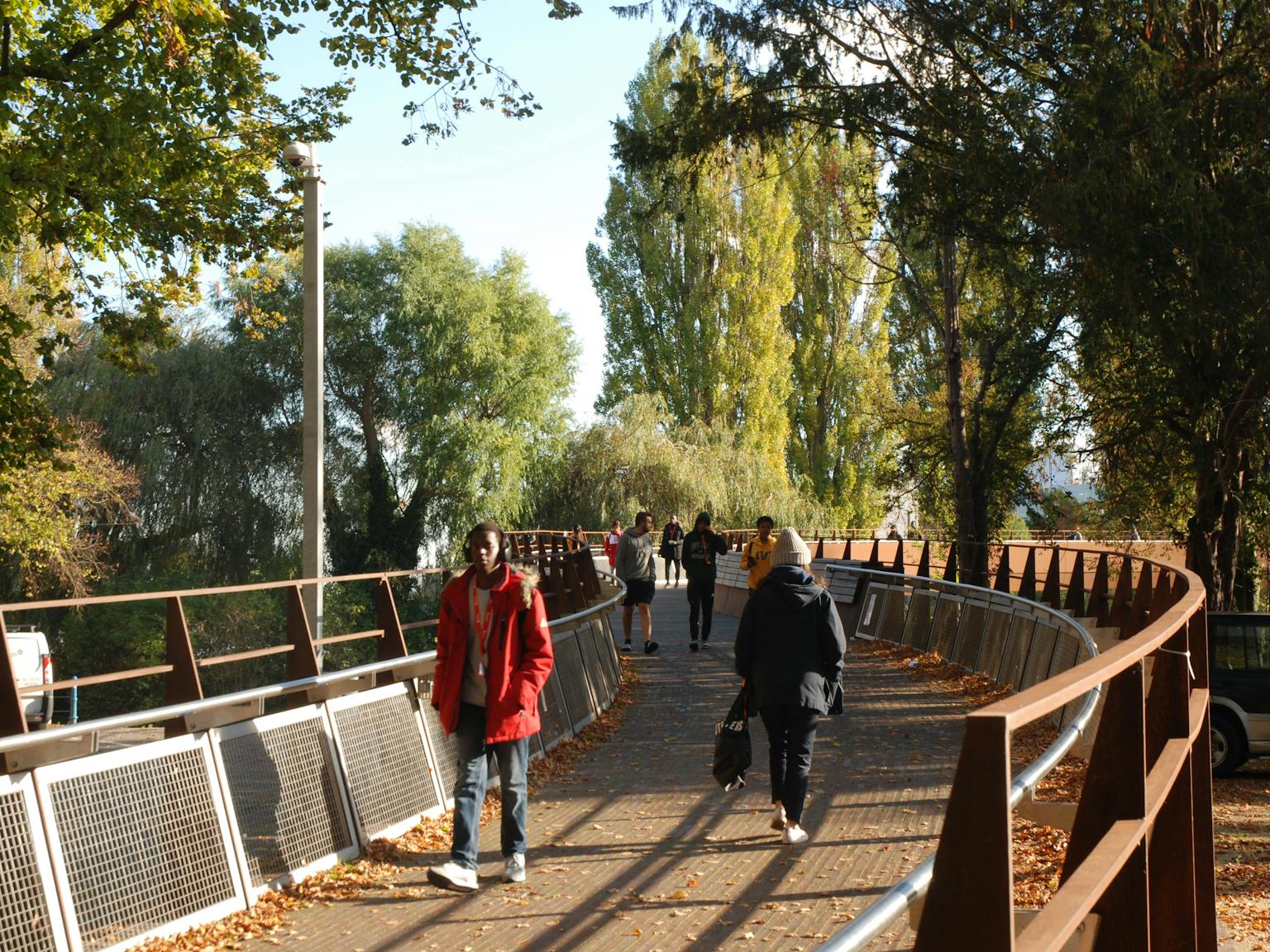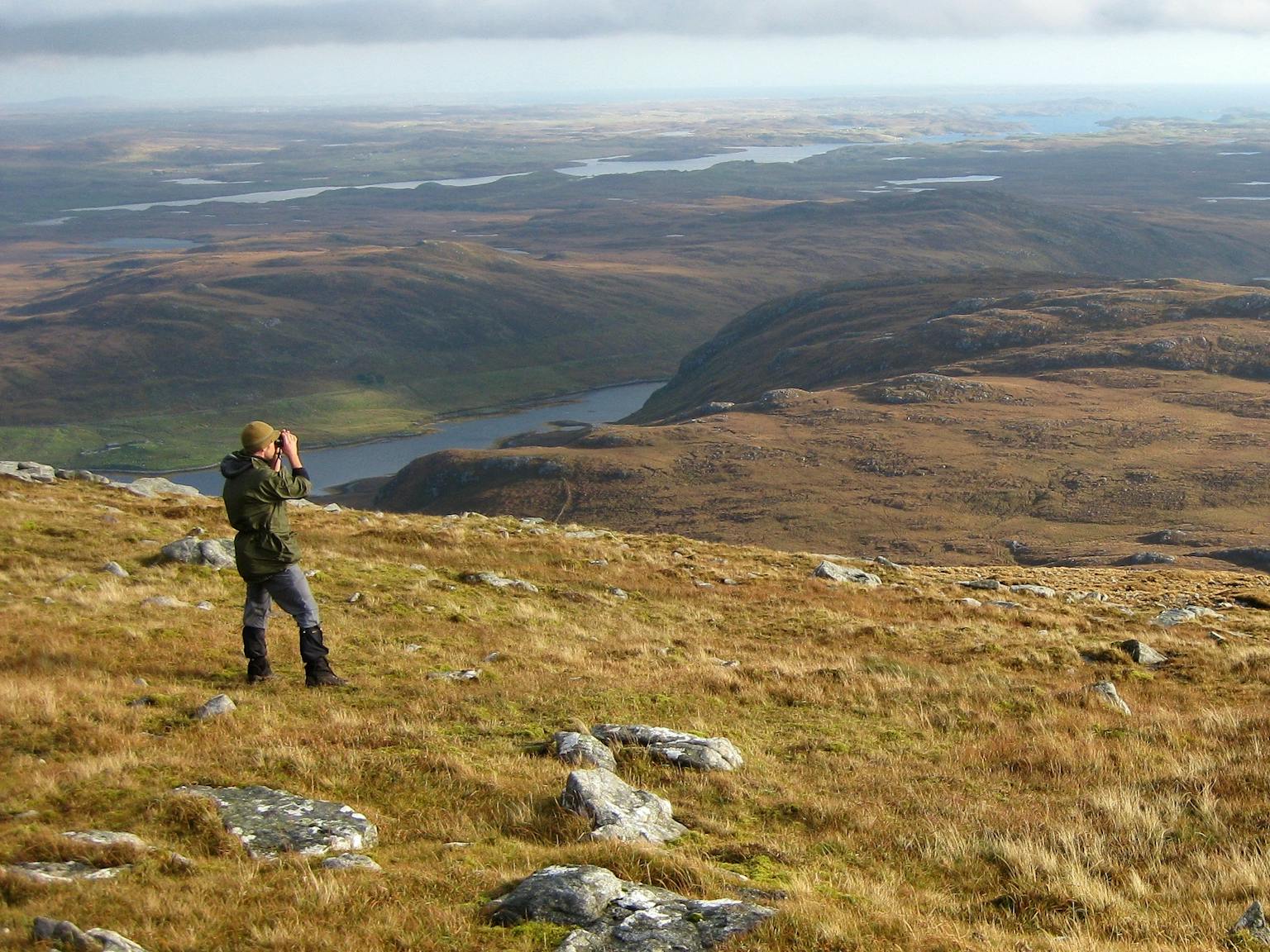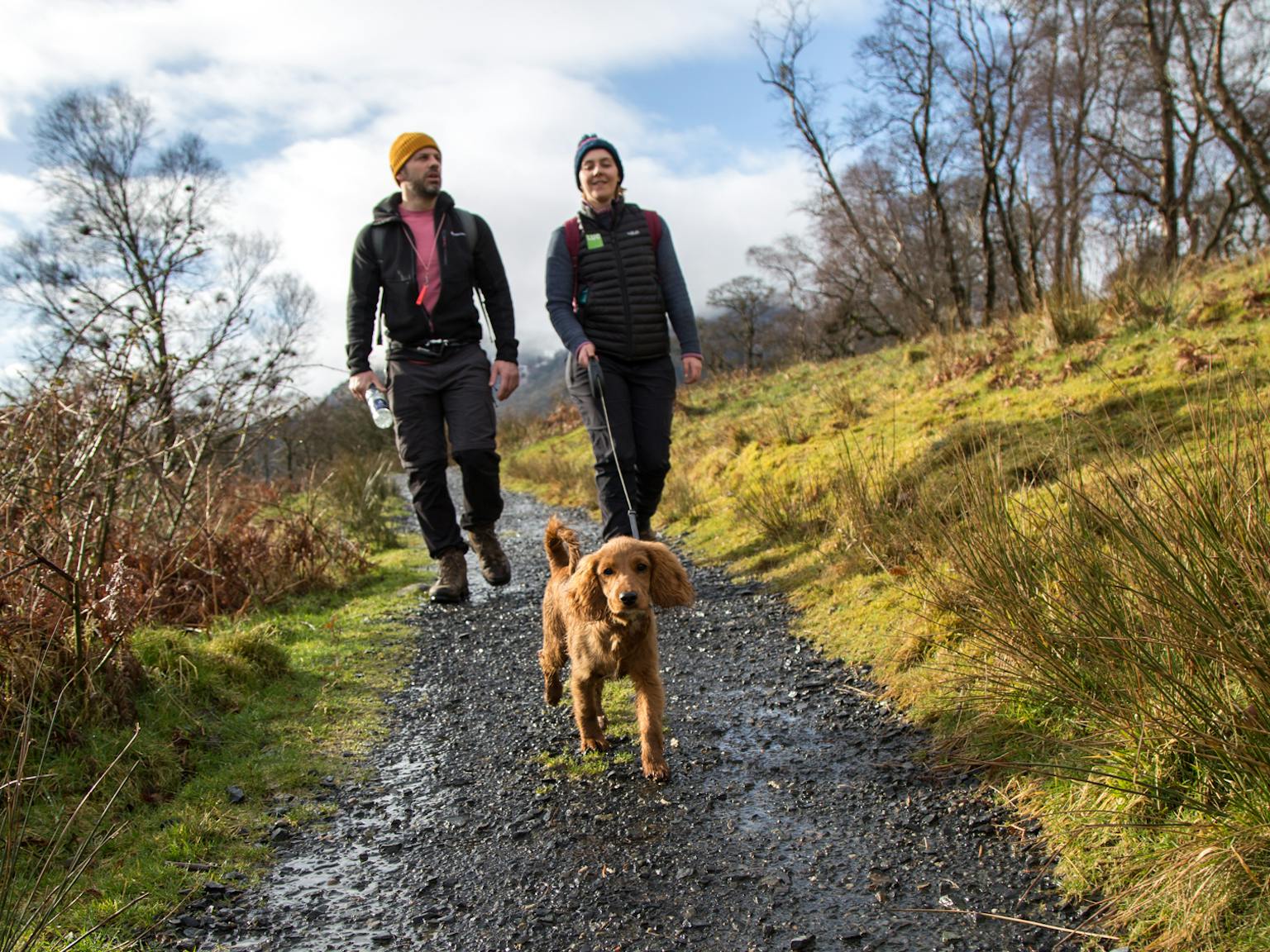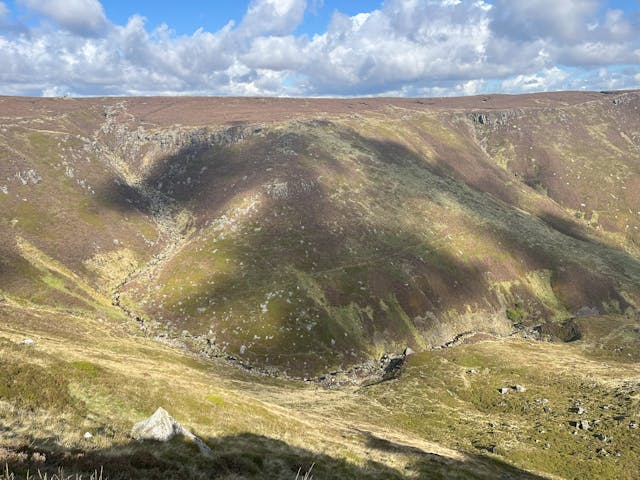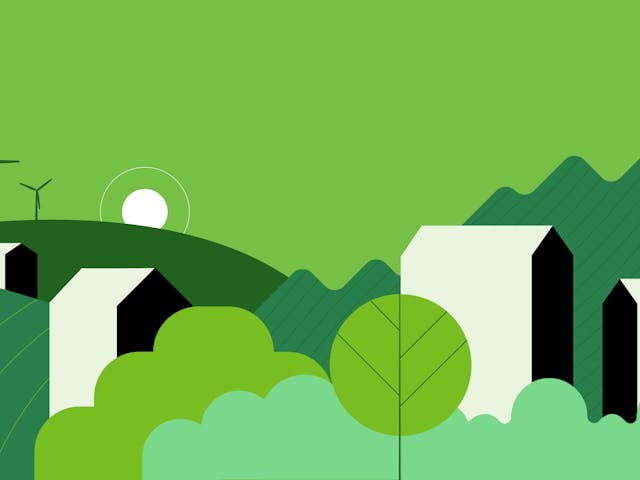
Green Infrastructure: Why well-connected local green spaces matter more than ever during the Coronavirus pandemic, and why change is needed after the crisis
Green Infrastructure in the spotlight during COVID-19
The essential lockdown measures to slow the spread of COVID-19 have had a huge impact on everyone in the UK. With only one daily trip out of the home for exercise, the destination of choice for most people is their local green space. The importance of safe, accessible and well-connected green spaces for improving quality of life has never been more pertinent, and for those without gardens the value of these spaces is amplified.
Access to green space for fresh air, exercise and quiet contemplation benefits both physical and mental health.[1] However, the pandemic shines a light on the impacts of social inequality on public health and exposes the social and economic disparities of quality of life.[2] Those living in deprived areas are disproportionately affected by lack of access to green space, and recent park closures due to users flouting social distancing guidelines are likely to impact our more disadvantaged communities most severely.[3] The high numbers of people observed in parks highlights the shortage of green space in our cities; national standards (such as ANGSt[4]) to assess and implement provision provide the evidence base for open space and green infrastructure strategies.
Green infrastructure strategies seek to create a network of natural spaces and green lungs through urban areas; not just parks, gardens, nature reserves, playing fields and woodlands, but also hedges, lakes, ponds, rivers, cycle and footpaths, green roofs and walls, and street trees. Improving the quality, quantity and connectivity of these features throughout our urban areas improves quality of life for communities and makes spaces more attractive and safer to move through. (See LUC’s ‘What is Green Infrastructure’ article for further detail)
Funding for green spaces has been insufficient and declining for over a decade. The result has been a decline in the quality of our green space network and a loss of skilled, experienced staff to adequately manage it. It is in times like the present that we notice the inherent value of planning, design and ongoing management of our green infrastructure network.
Green Infrastructure management post-pandemic
How can the inequalities so clearly exposed during the pandemic be addressed? And how could this work be funded? We have identified a few of the ways in which these two issues can be addressed.
- Identifying external funding opportunities and site-based income generating initiatives. With the demise of the HLF Parks for People programme there are now very few external funding streams that focus specifically on park renewal. However, new initiatives such as the Nesta Funded ‘Rethinking Parks’ initiative, or the Future Parks Accelerator programme funded by the National Lottery and National Trust supports local authorities in exploring alternative models for management and income generation. Equally, local authorities may utilise new funding streams through the link that parks and open spaces have to other policy priorities, for example, physical activity, health, climate change, biodiversity, air pollution and flood risk management.
- Ensuring the quantity, quality and accessibility of open spaces continues to be delivered through the planning system. The planning system remains a key mechanism for the delivery of new open spaces as well as park improvement projects. Undertaking open space and green infrastructure assessments which involve public consultation and analysis of existing and projected demographics to understand future needs provide valuable holistic green space planning.
- Making improvements to our green network, particularly in urban areas where there is limited space for new formal open spaces. Green infrastructure strategies can help identify areas where underused / low functioning sites could be maximised and highlight opportunities for improving connectivity to ensure the multifunctional benefits for which GI is renowned are indeed delivered. These benefits are not limited to health and wellbeing; climate change, biodiversity net gain, urban greening, nature recovery targets, reduced pollution, water management all stand to benefit from well-designed GI.
- Improved green space for social housing estates. Green space within social housing estates can contribute the greatest quantity of locally accessible open space for a neighbourhood. However, these spaces are often stagnant, unwelcoming and even locked away from residents. Social housing providers need to be supported to prioritise investment in these spaces to address the imbalance in the quality of open space for communities experiencing significant levels of deprivation. For example, our recent work for the Peabody housing scheme within The Royal Borough of Kensington and Chelsea.
- Reducing traffic on streets. The national shift to working from home during the pandemic could lead to an increase in home-working in the future, reducing traffic on the roads. Initiatives to further reduce the quantity and speed of traffic on streets could improve safety and create opportunities to introduce green infrastructure interventions. During the COVID-19 crisis, Hackney Council in London are one such local authority looking to ease pressure on their parks and open spaces by creating ‘filter’ streets.[5]
- Increased partnership working with local businesses. Local businesses could be encouraged to engage with specific parks through franchises, corporate volunteering, sponsorship and events. Improvements to the GI network may be funded through Corporate Social Responsibility, particularly where a local business stands to benefit from the improvements made to that space.
- Inspiring local community and user groups of all ages and abilities to take on an active role in management. To achieve sustainable and long-term management it is imperative that community groups are involved in the decision-making processes and provided with adequate support. Partnerships with local schools, sports initiatives, and healthcare providers can help to increase awareness and encourage involvement.
Our green spaces provide multiple benefits including for health and well-being, access to nature, climate change mitigation and adaptation, improved air quality and sustainable travel. Green spaces are a vital part of our Natural Health Service and should be a priority in developing equitable and resilient communities within urban areas.
At LUC we have extensive experience in open space and Green Infrastructure design and management. As industry leaders, our work on strategies, management plans, audits and design continues to be at the forefront in this important area of work.
We would be delighted to help you develop strategies for open space and Green Infrastructure; to advise on management or extension of existing spaces; to assess qualities and advise on improvements; and to help design new open spaces. To talk to us about any of the issues raised in this piece, please contact Matt Parkhill.
[1] Parliamentary Office of Science & Technology (2016), Green Space and Health; Fields in Trust (2018), Revaluing Parks and Green Spaces: Measuring their economic and well-being value; Public Health England (2018) Healthy High Streets: Good place-making in an urban setting.
[2] The Conversation (2020), The coronavirus pandemic is already increasing inequality. https://theconversation.com/the-coronavirus-pandemic-is-already-increasing-inequality-135992; The Guardian (2020), Coronavirus exposes how riddled Britain is with racial inequality. https://www.theguardian.com/commentisfree/2020/apr/20/coronavirus-racial-inequality-uk-housing-employment-health-bame-covid-19
[3] The Guardian (2020), Coronavirus park closures hit BAME and poor Londoners most. https://www.theguardian.com/uk-news/2020/apr/10/coronavirus-park-closures-hit-bame-and-poor-londoners-most [Accessed 21/04/20].
[4] Natural England (2011), Nature Nearby – Accessible Natural Greenspace Guidance (NE265).
[5] Laker, L. (2020) East London council to block cars to protect cyclists and pedestrians from speeding drivers during pandemic https://road.cc/content/news/emergency-measures-stop-rat-running-drivers-announced-272655 [Accessed 20/04/20]

